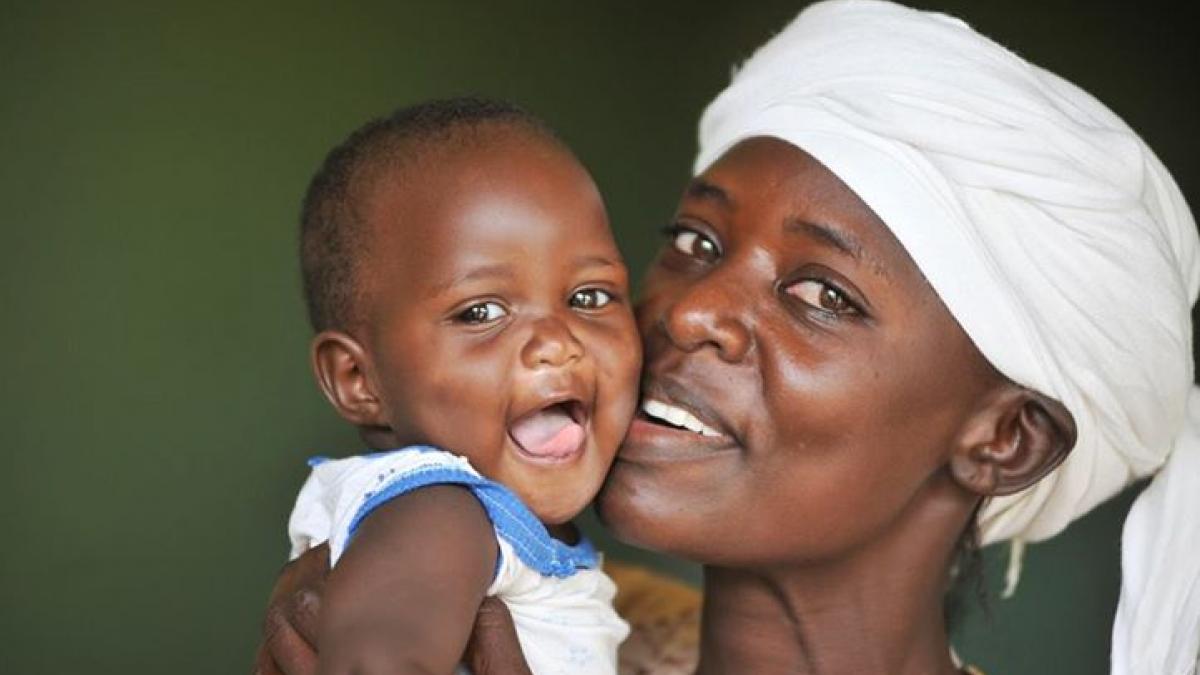As a key implementer of PEPFAR, the Office of HIV/AIDS (OHA) leads USAID’s efforts to control the HIV/AIDS epidemic, working in close collaboration with Missions and other bureaus within the Agency. OHA’s mandate is to provide both technical support to the field and technical leadership within USAID, PEPFAR, and the global HIV/AIDS community. The OHA blog tells the story of how USAID demonstrates its leadership in advancing HIV epidemic control and sustainability, supporting country-led efforts for long-term sustainability and results, and applying science, technology, and innovation to support the implementation of cost-effective, cutting-edge, sustainable, and appropriately integrated HIV/AIDS interventions at scale.
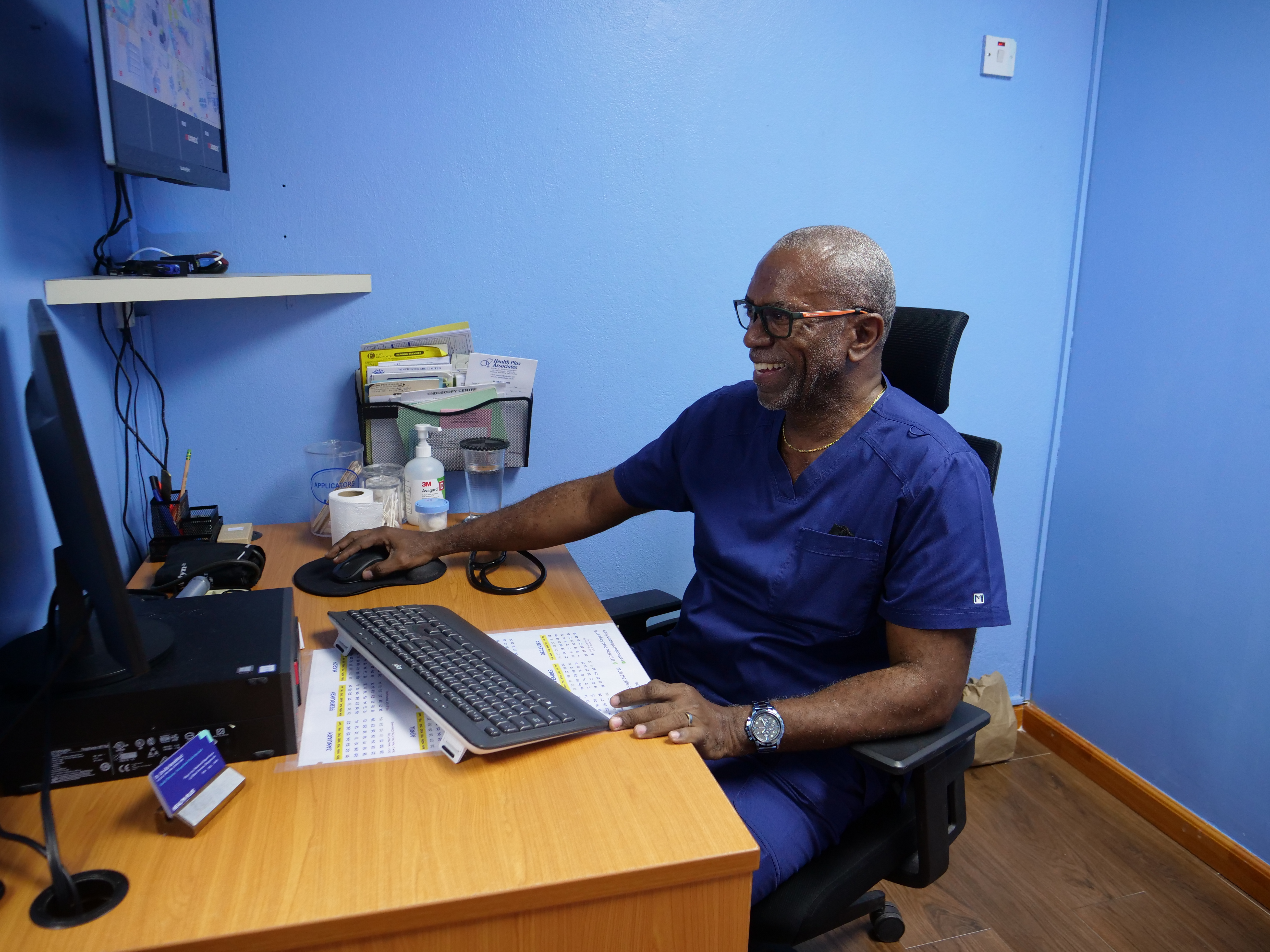
Health Connect Jamaica (HCJ), through the support of the U.S. President’s Emergency Plan for AIDS Relief (PEPFAR), is reimagining Jamaica’s health care system for people living with HIV.

Diving into DREAMS: Our latest updates and stories
The DREAMS goal is to reduce HIV prevalence among AGYW ages 10 to 24 in 16 countries with high rates of HIV. DREAMS operates across multiple sectors including health, economic growth, education, and civil society engagement.

Catalyzing the next generation of HIV prevention: From implementation science to program integration
Today, USAID continues to provide global leadership in the HIV response by expanding access to options with a new generation of HIV prevention products.
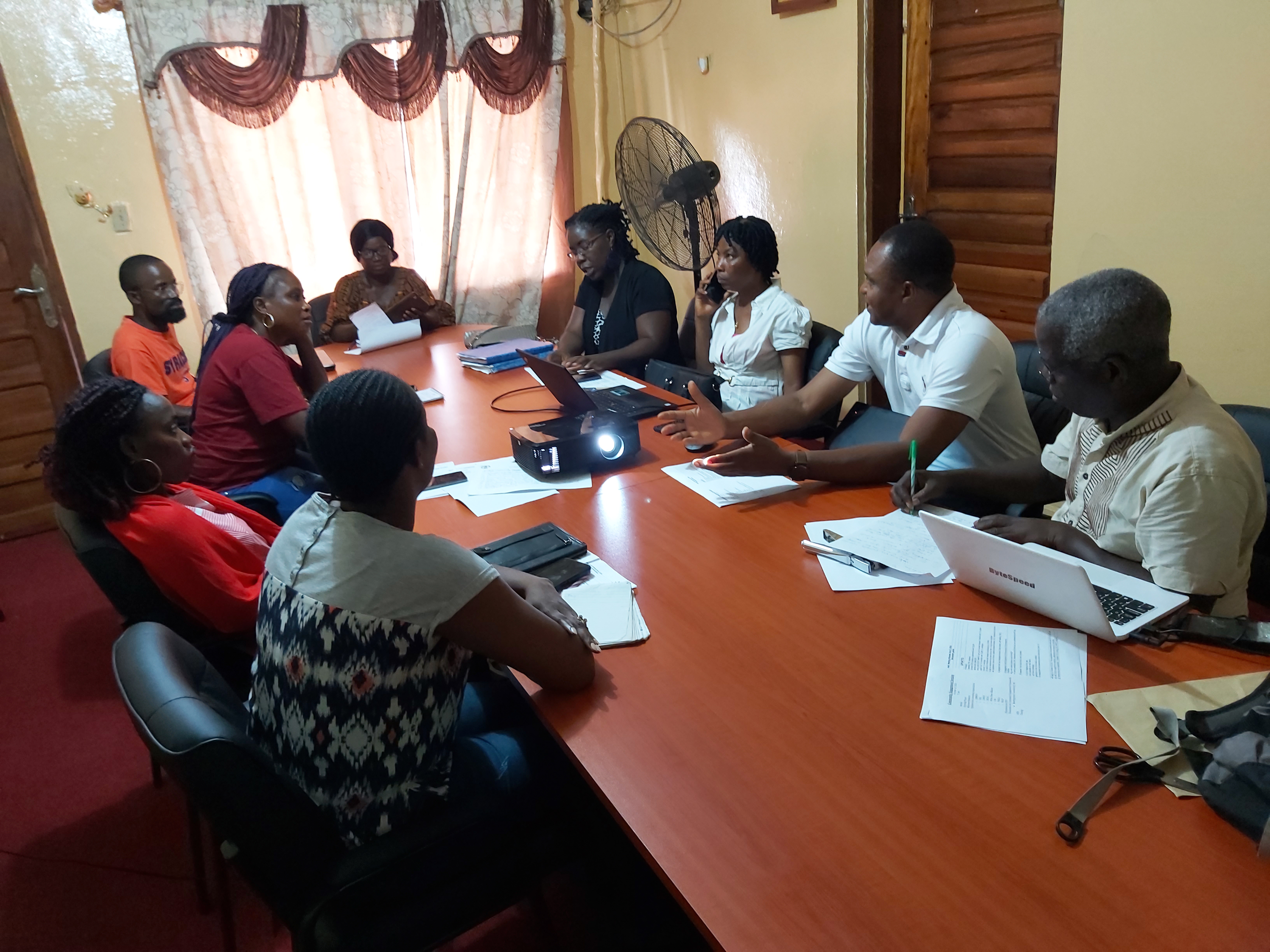
Building partnerships, saving lives
USAID/Liberia works with local partners to collect baseline data to identify and address gaps, provide mentoring and coaching support, and monitor and track progress. In addition, local partners are coached to strengthen skills in writing reports and in collecting and analyzing data for decision-making.

Convenient treatment: a Tanzanian success story
Multi-month dispensing (MMD)–when people can receive enough ART to last for a period of three months or more–is at the core of client-centered care. It’s also a key component of PEPFAR’s strategy to “deploy innovative solutions to address key barriers to HIV service access.”
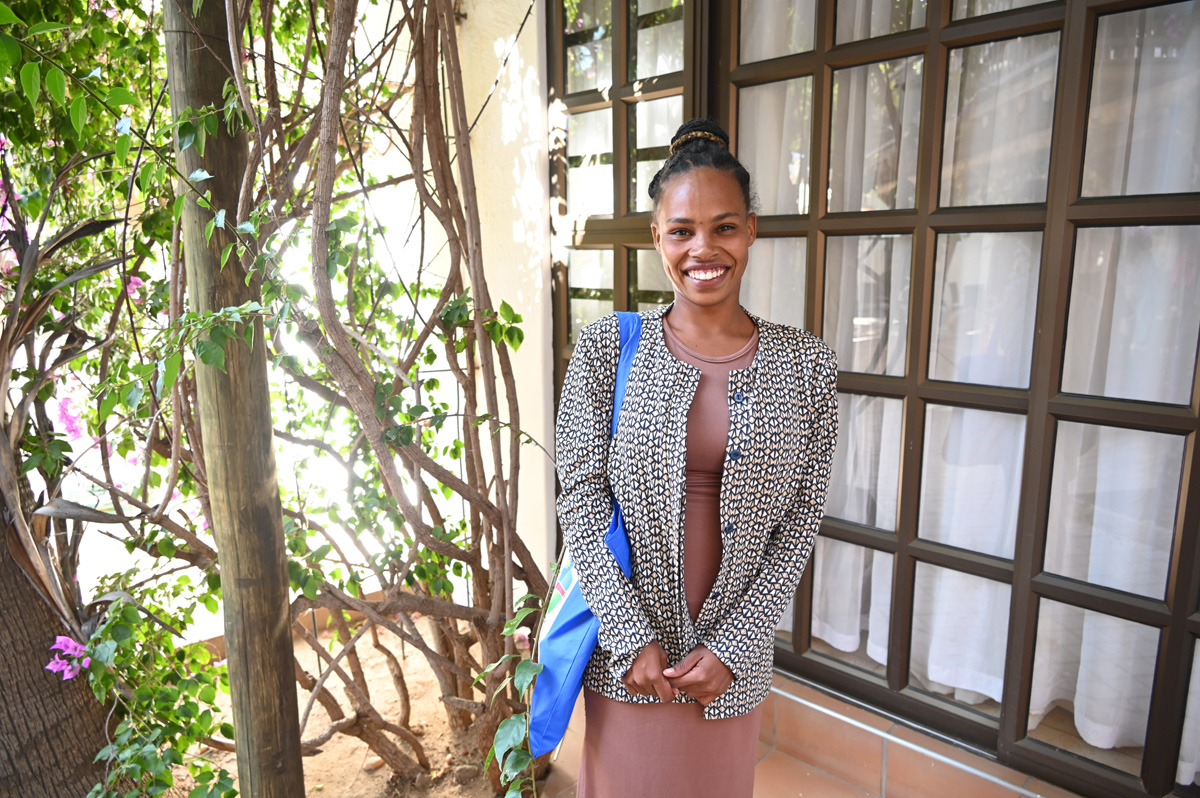
In Namibia, adolescent girls and young women face a higher risk of HIV infection due to factors like social isolation, poverty, discrimination, orphanhood, gender-based violence, and inadequate schooling. USAID Namibia, through the DREAMS (Determined, Resilient, Empowered, AIDS-free, Mentored and Safe) program, promotes the empowerment of adolescent girls and young women to prevent the spread of HIV.
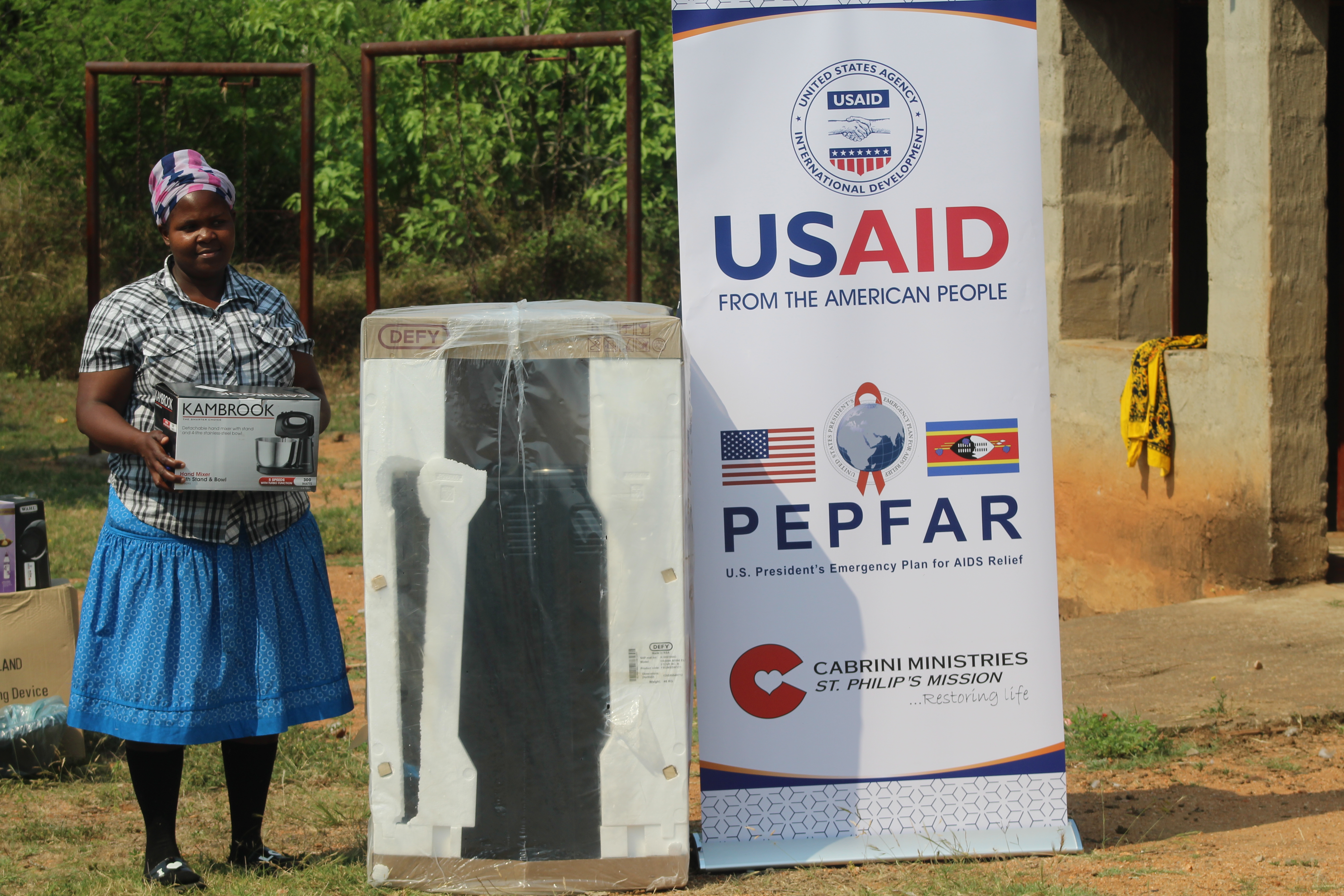
Economic Strengthening for Young Women and Girls Takes a Community
USAID implements programs that empower young women to become financially independent and prevent HIV. USAID works with local partners like Cabrini Ministries to ensure that the tools and resources needed for financial independence and HIV prevention reach the young women who need it most.
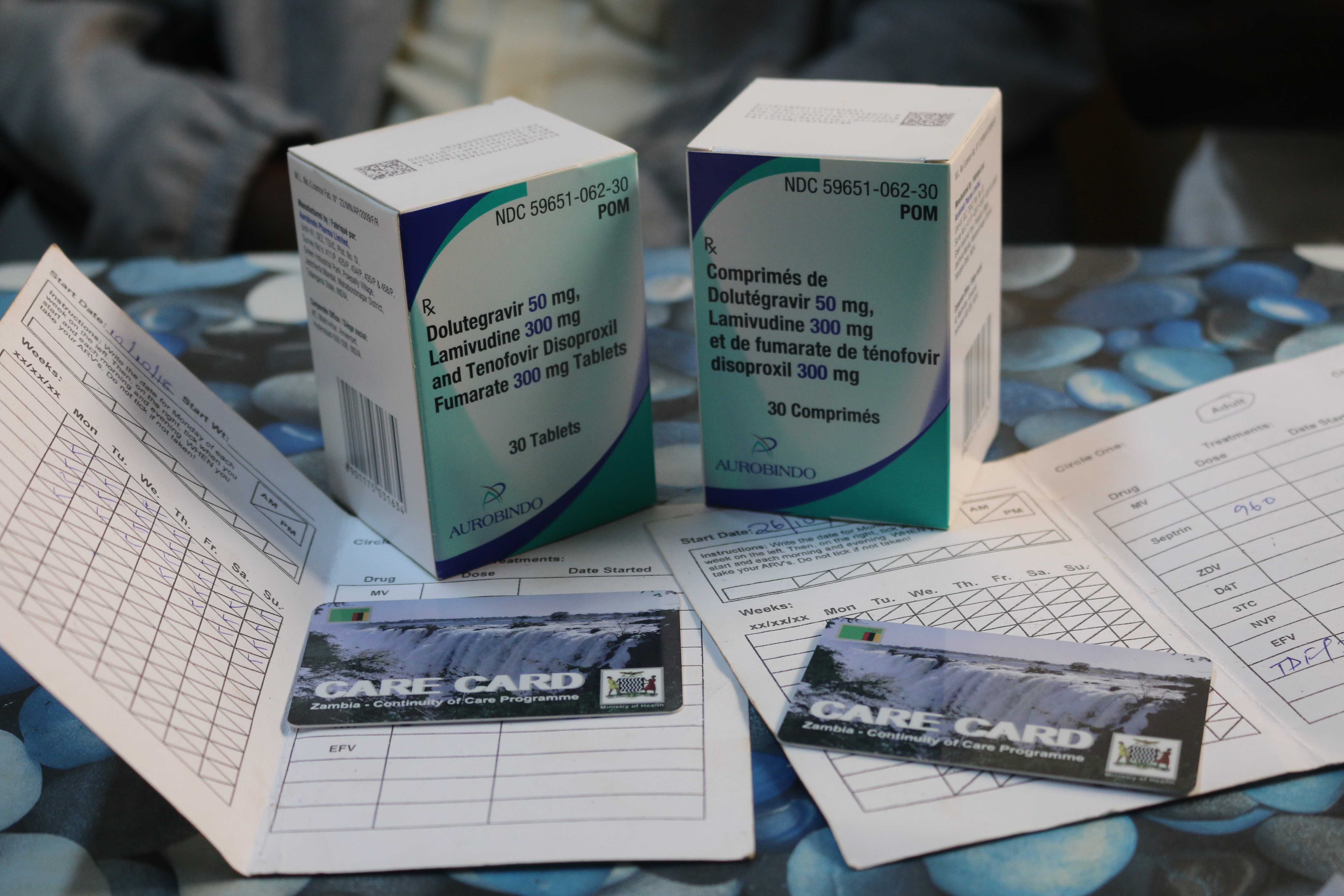
How USAID is making life-saving HIV treatment accessible to women like Purity
USAID, through investments from the U.S. President’s Emergency Plan for AIDS Relief (PEPFAR), is partnering with the Zambian government and other key stakeholders to provide care and support for women living with HIV during pregnancy, delivery, and postpartum - women like Purity.
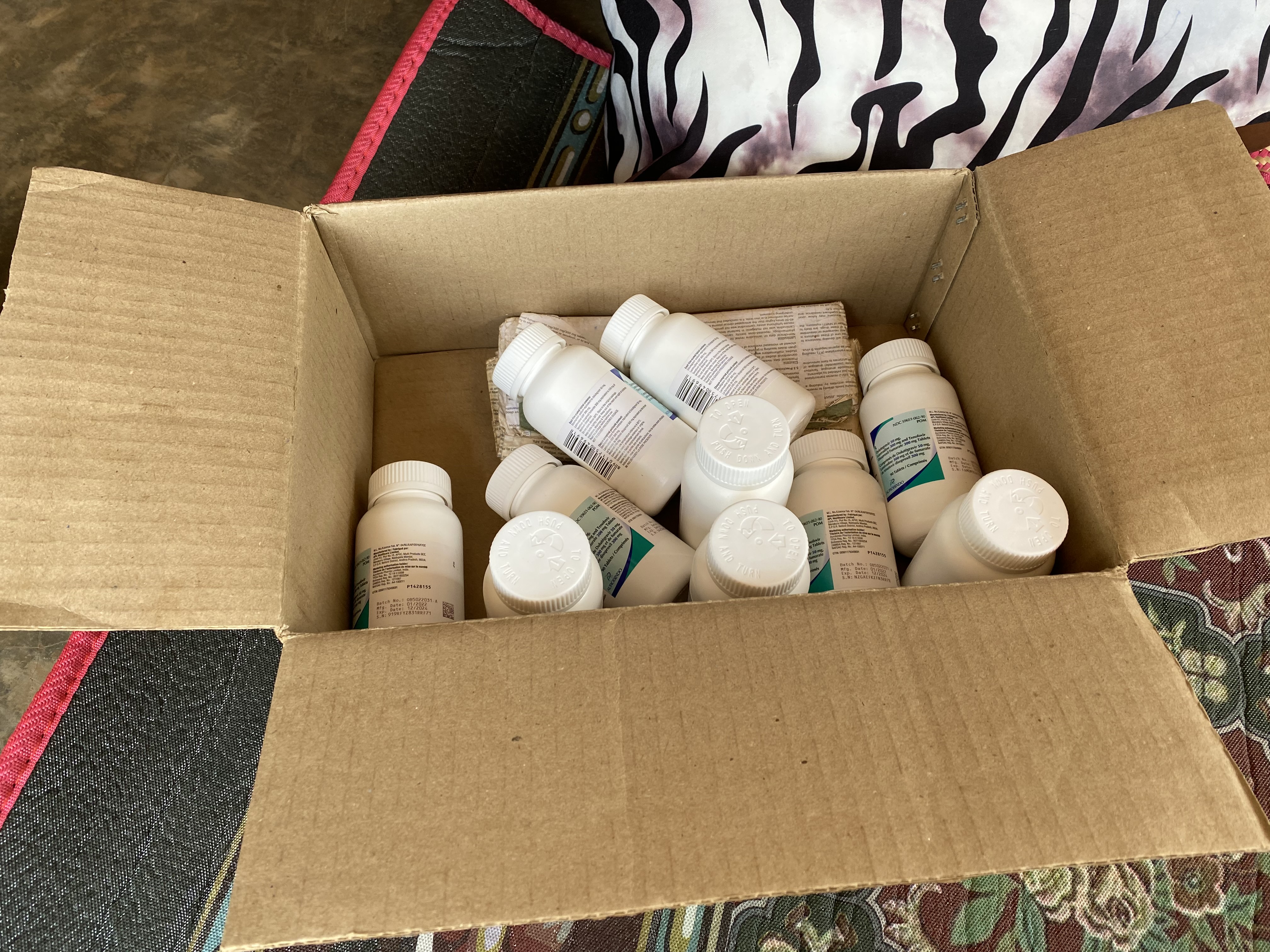
How USAID Uganda is Driving Person-Centered Care for People Living with HIV
In order to minimize these barriers and increase flexibility and convenience for people living with HIV, USAID provides differentiated service delivery (DSD), a method which seeks to tailor care to meet the individual’s unique needs.

Local Social Workers Support Communities Across Haiti
While there have been many cases throughout Johnny Myke Alabre’s career which help illustrate the invaluable contributions social workers make towards their communities, he remembers one specific case with pride.
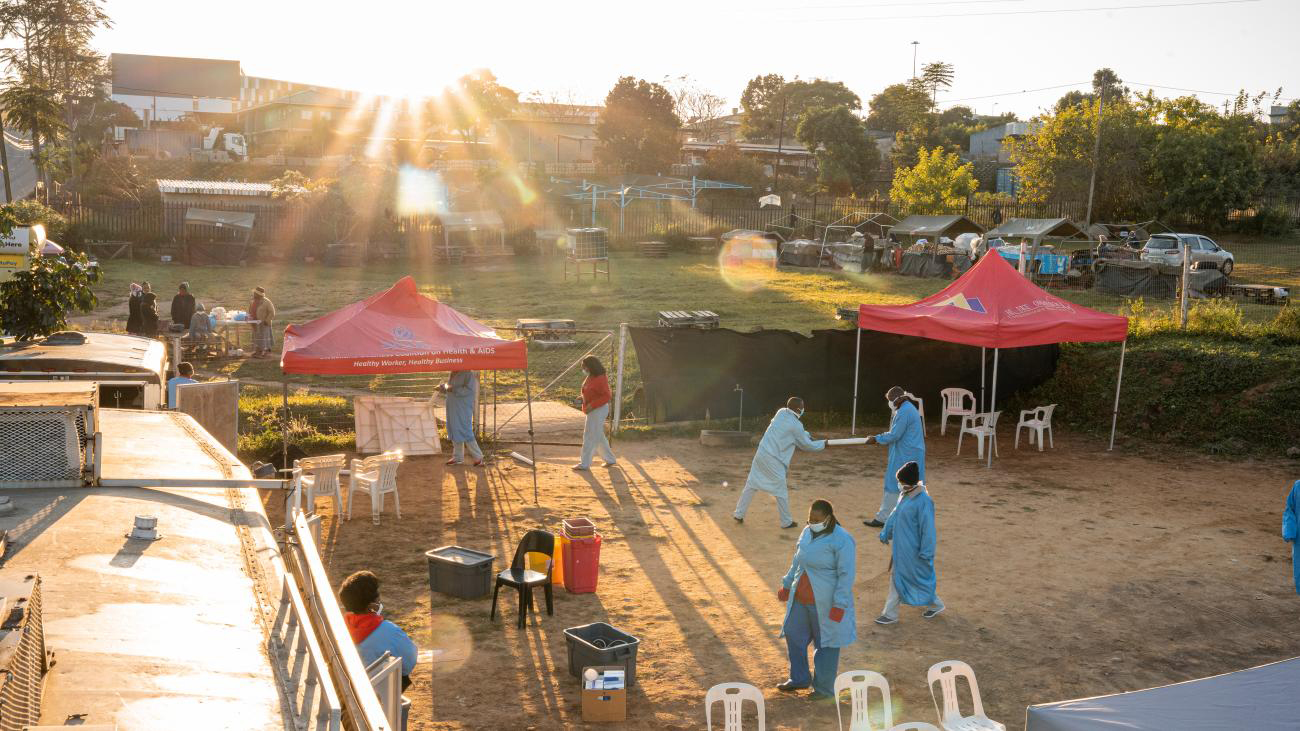
The Importance of Maximizing Convenience for Patients
Through USAID and the support of the Matsapha Town Council, 30 TLC healthcare workers are able to receive patients every weekday at the TLC mobile health clinic in Matsapha. TLC offers a comprehensive platform of more than 40 health services, so patients can receive medication to prevent HIV (PrEP), life-saving medication to treat HIV, cervical cancer screenings, family planning counseling, doctor consultations, and eye screenings among other health services.
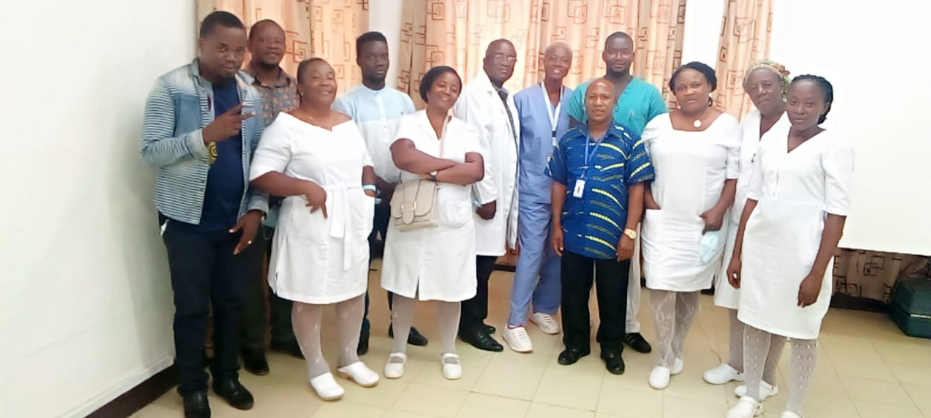
Liberia Successfully Rolls Out Critical HIV Prevention Strategy
For communities disproportionately affected by HIV like adolescent girls, young women, members of key populations including men who have sex with men, sex workers, and people who inject drugs, the oral medication to prevent HIV – pre-exposure prophylaxis (PrEP) – is an important HIV prevention tool. The U.S. President’s Emergency Plan for AIDS Relief (PEPFAR) has supported PrEP as a critical strategy to prevent HIV since 2016, and in 2020 PrEP became part of PEPFAR’s core program requirements. However, despite the importance of PrEP not all countries around the world have an oral PrEP implementation strategy in place.
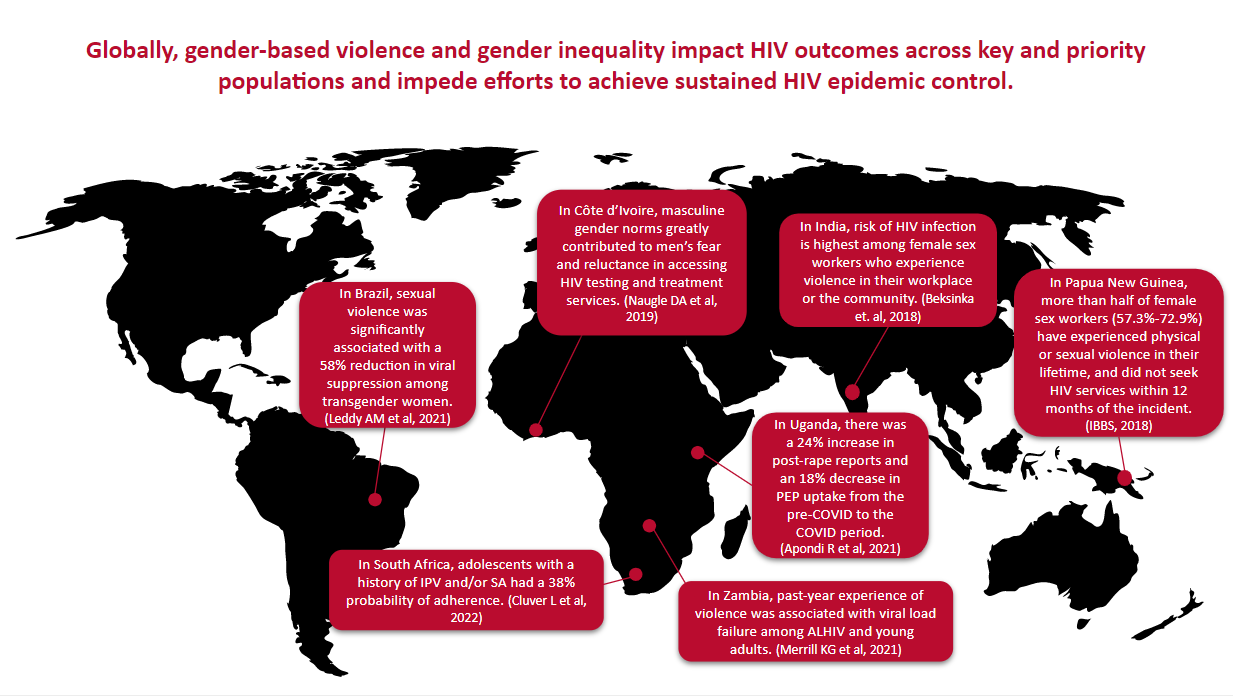
Ending Gender-Based Violence to End the HIV Epidemic
The 16 Days of Activism Against Gender-Based Violence offers time for reflection, a call to action, and an opportunity for the global community to once again renew its commitment to ending gender-based violence. For USAID’s Office of HIV/AIDS, it reminds us that our global strategy of advancing gender equity and equality and preventing and responding to gender-based violence in HIV prevention and treatment services remains essential as part of our efforts to end HIV/AIDS as a public health threat by 2030.
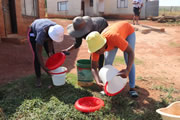
Today, the U.S. Agency for International Development commemorates World AIDS Day. For nearly 20 years, USAID has played a critical role in fighting HIV, and since 2003 has been a leader in implementing the President’s Emergency Plan for AIDS Relief (PEPFAR), which has helped over a dozen high disease burden countries stabilize or decrease their HIV epidemics. However, we know there is still work to be done, particularly with girls and young women. At a historic time when controlling the HIV epidemic is within reach, it is critical that our programs continue to effectively engage adolescent girls and young women in HIV prevention programming.
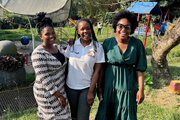
Addressing Gender-based Violence Through Sustainable Partnerships
The 16 Days of Activism against Gender-Based Violence is an annual international campaign that begins on November 25, the International Day for the Elimination of Violence against Women, and runs until December 10, Human Rights Day. The global theme for this year’s campaign is “UNITE! Activism to end violence against women and girls.” USAID is committed to helping to create a world free of gender-based violence so that everyone can participate fully—and safely—in society.
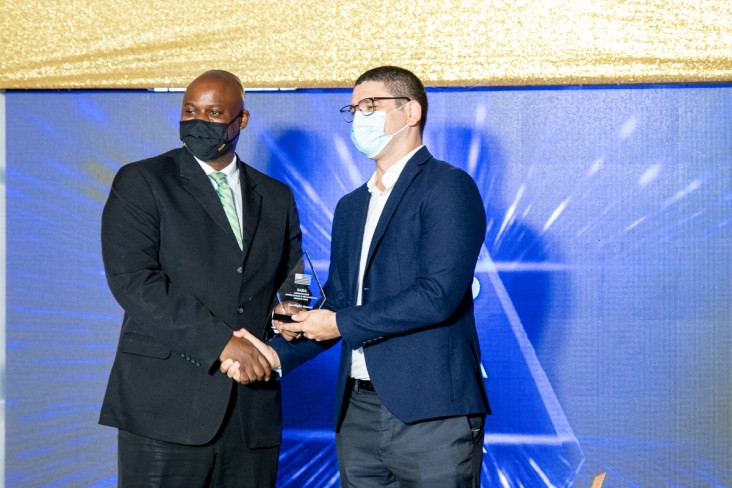
Public health systems are often overburdened with providing affordable, high-quality health services. For patients, this can mean longer wait times in uncomfortable settings and impersonal care. The COVID-19 pandemic has only exacerbated these challenges, and for patients seeking HIV services, stigma and discrimination are additional barriers to receiving care.
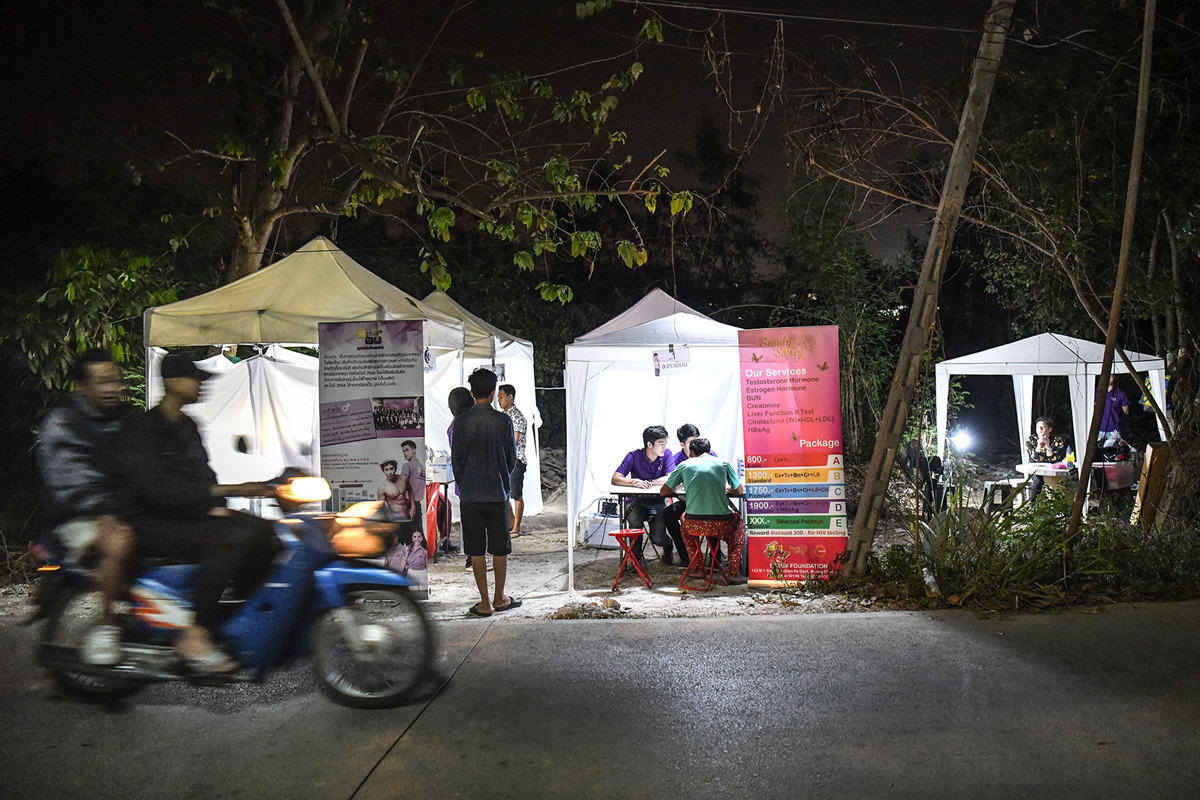
Nudging Our Programs to Reach HIV Epidemic Control
The 2022 UNAIDS report In Danger raised the alarm that progress in HIV prevention and treatment is faltering despite significant gains and successes in many areas. Resources earmarked for epidemic control are under pressure around the world, and in some countries there are indications that infection rates are increasing where previously they were falling. To address these challenges Dr. John Nkengasong, the U.S. Global AIDS Coordinator, is highlighting the importance of scientific innovations, including those in behavioral science, as critical to PEPFAR moving forward. As a key implementer of PEPFAR, USAID is committed to following the science and finding innovative ways to reach and sustain HIV epidemic control.
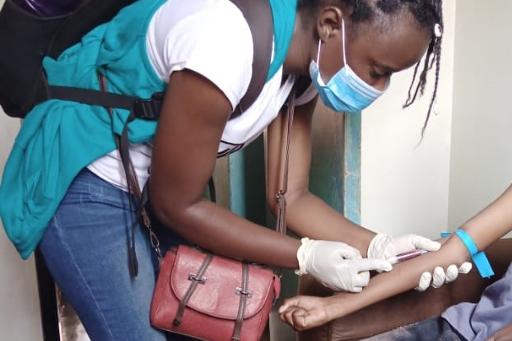
Meeting clients where they are: USAID/Zambia’s Empowered Children and Adolescents Program
Zambia has made incredible progress in addressing the HIV epidemic since HIV first swept through the nation in the late 1980s. Zambia now has over one million people living with HIV on lifesaving antiretroviral treatment and is close to achieving the significant milestone of HIV epidemic control. HIV epidemic control is defined as having reached the UNAIDS 90-90-90 target, meaning 90 percent of people living with HIV know their status, 90 percent of people who know their status are accessing treatment, and 90 percent of people on treatment have suppressed viral loads. However, we also know that children, adolescents, and young people living with HIV still experience worse outcomes when compared to adults living with HIV. Globally, there are nearly two million children ages 0-14 that are living with HIV, but only 53 percent of these children are on treatment.
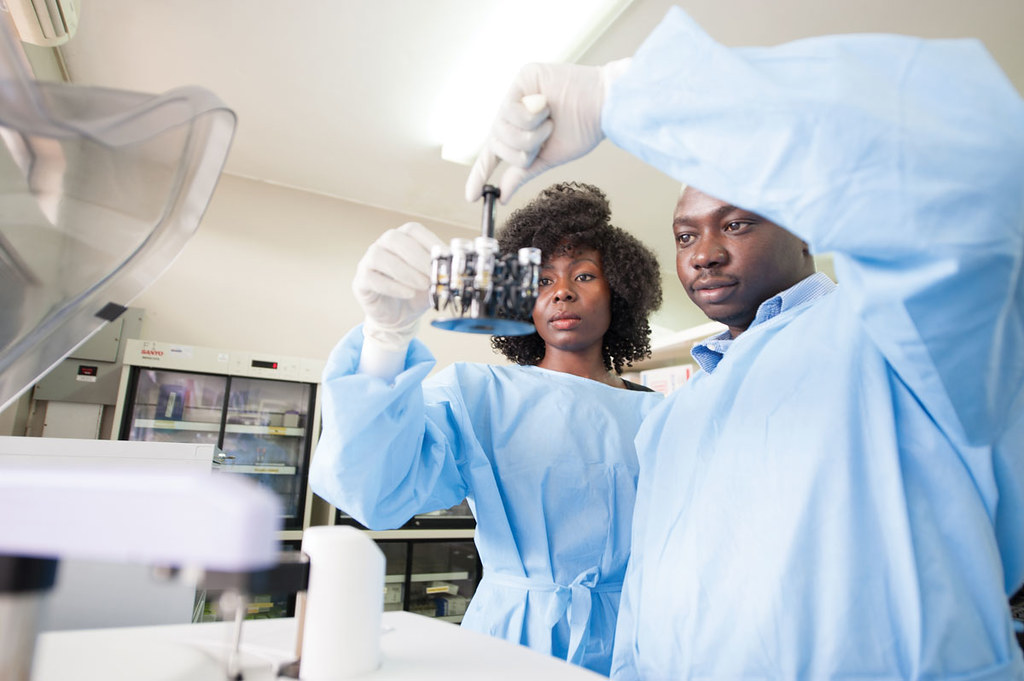
A Quarter of a Century into the Search and Still Going Strong – Together
In keeping with Administrator Power’s recent challenge to all USAID staff to serve as global advocates and thought leaders for the localization agenda, this year USAID salutes the many African scientists, clinicians, lab and community engagement staff, and local communities who make HIV vaccine research possible on the African continent. Since 2001, USAID has supported international partners at the forefront of the global effort to design, develop, and test various candidate HIV vaccines, while progressively supporting African partners to take the lead.
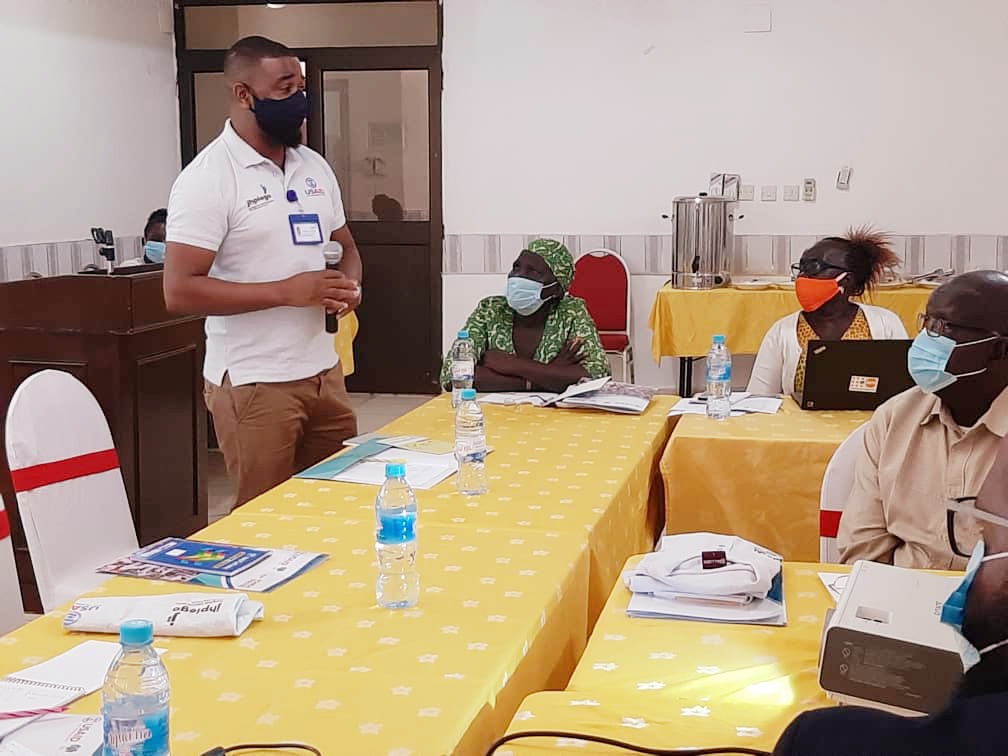
Celebrating Social Workers and the People They Serve
Through my role as a social worker, I ensure that AGYW are enrolled in and meaningfully benefit from the PEPFAR DREAMS (Determined, Resilient, Empowered, AIDS-free, Mentored and Safe) partnership which includes the empowerment livelihoods for adolescents (ELA), life skills and economic strengthening package. The project supports and engages AGYW with risk and vulnerabilty factors such as being out of school or at a risk of dropping out, survivors of gender-based violence, multiple concurrent sexual partners, involvement in transactional sex, drug abuse, orphanhood, and a history of irregular or no condom use.
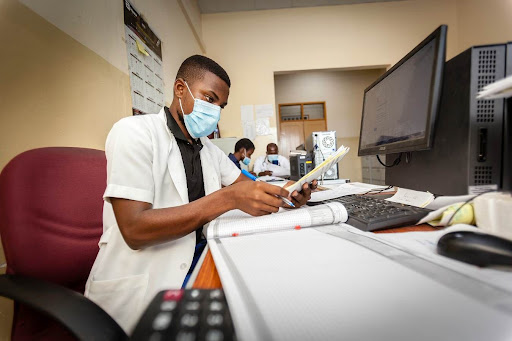
The USAID managed and Palladium-led Data.FI project harnessed machine learning to develop an anomaly detection solution that allowed USAID teams to rapidly conduct remote reviews of PEPFAR reported aggregate facility-level data quality. Data.FI also developed a remote DQA to assess COVID-19 data, leveraging virtual communication tools and technology to review pandemic reported data. These innovations for data quality assurance can inform USAID’s ongoing and future emergency responses.
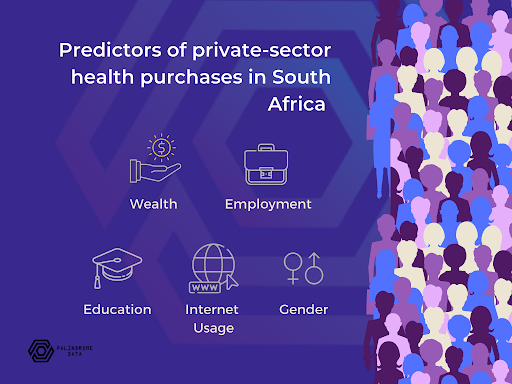
To achieve and sustain HIV epidemic control, we know that new approaches are needed. The Innovative Data Methods for Market Segmentation of HIV Services Challenge was launched to identify market segments of people living with HIV/AIDS (PLHIV) who are willing and able to pay for HIV services, to support PEPFAR in tailoring HIV treatment services and expand market diversification.
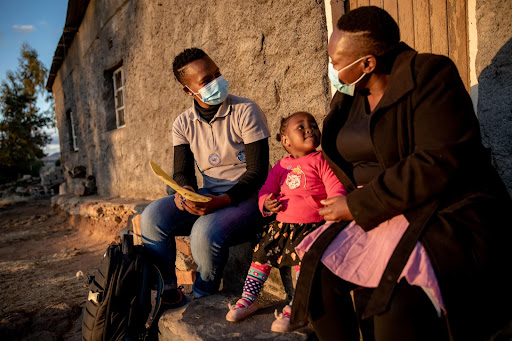
Strategic Investments in the Health Workforce: Learning from Lesotho
COVID-19 highlighted the critical need for countries to make greater investments in their health workforce. This is no truer than in Lesotho, the small, mountainous country landlocked within South Africa, dealing with multiple epidemics. When COVID-19 struck, Lesotho had the second-highest number of people living with HIV per capita in the world.
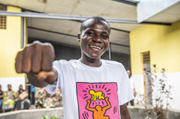
Recognizing the need and value of intentionally engaging adolescents and youth to develop effective HIV prevention programming, the Elizabeth Glaser Pediatric AIDS Foundation (EGPAF) created the Committee of African Youth Advisors (CAYA) in 2018.
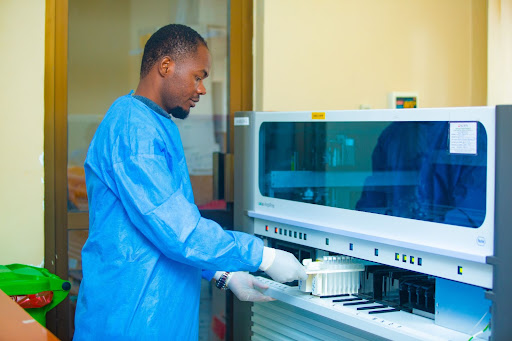
This blog examines the role of the health workforce and lessons learned in maintaining HIV services during COVID-19, and how they are positively changing the landscape of HIV service delivery.
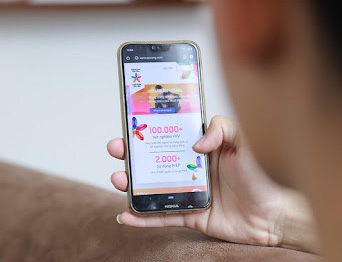
This move towards telehealth brought on by the COVID-19 pandemic has led to increased access, flexibility, and efficiency for both clients and providers, and some of the innovations adopted over the last year and a half are likely to become permanent fixtures in HIV service delivery moving forward.
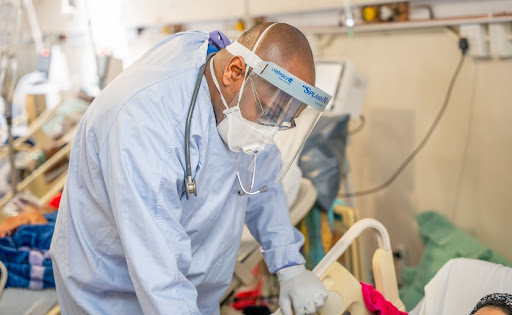
Bringing Hope to Eswatini’s COVID-19 Frontline
Nestled among the rural rolling hills banking the Usuthu riverside in Eswatini sits a 200-acre property that hustles and bustles with activity. This campus serves as the hub of operations for The Luke Commission (TLC), USAID/Eswatini’s clinical local implementing partner.
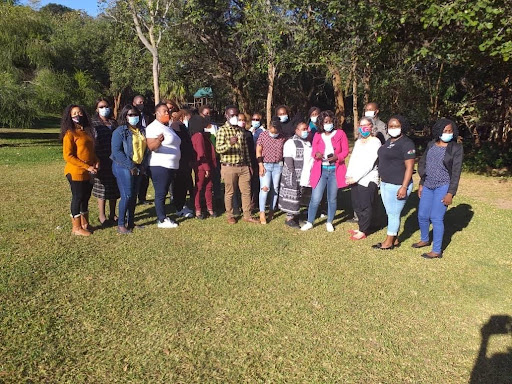
Cross-country Learning Builds Momentum for a New HIV Prevention Product
Dapivirine vaginal ring (“PrEP ring”) advocates, Microbicide Trials Network (MTN) ring researchers, and a PrEP ring user convened at a May 2021 advocacy event in Lusaka, Zambia to share cross-country learnings and insights for introducing the PrEP ring as part of HIV prevention programming.
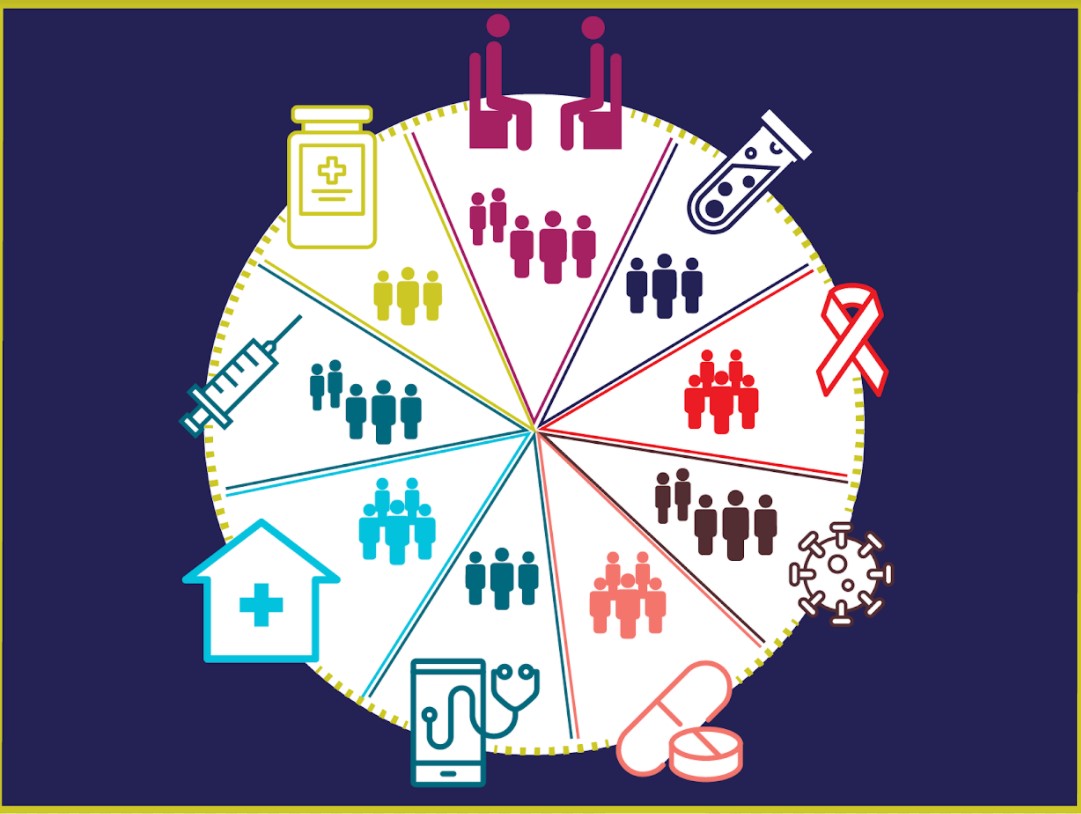
Launching an Innovative Data Methods Challenge!
We’re excited to announce that in partnership with data and analytics experts from the Data for Implementation (Data.FI) project, the Office of HIV/AIDS is launching a challenge to uncover innovative ways to identify novel consumer demographic data sources and approaches to market segmentation.
When women receive inadequate or unequal access to health care, or when they are the victims of gender-based violence, they do not have the opportunity to understand their health or even make decisions about their health. Gender inequality and gender-based violence (GBV) are some of the most critical barriers to ending the HIV epidemic, which includes ensuring 95 percent of people living with HIV (PLHIV) know their HIV status, 95 percent of PLHIV who know their status are on antiretroviral therapy (ART), and 95 percent of PLHIV on ART are virally suppressed and therefore can’t transmit the virus.
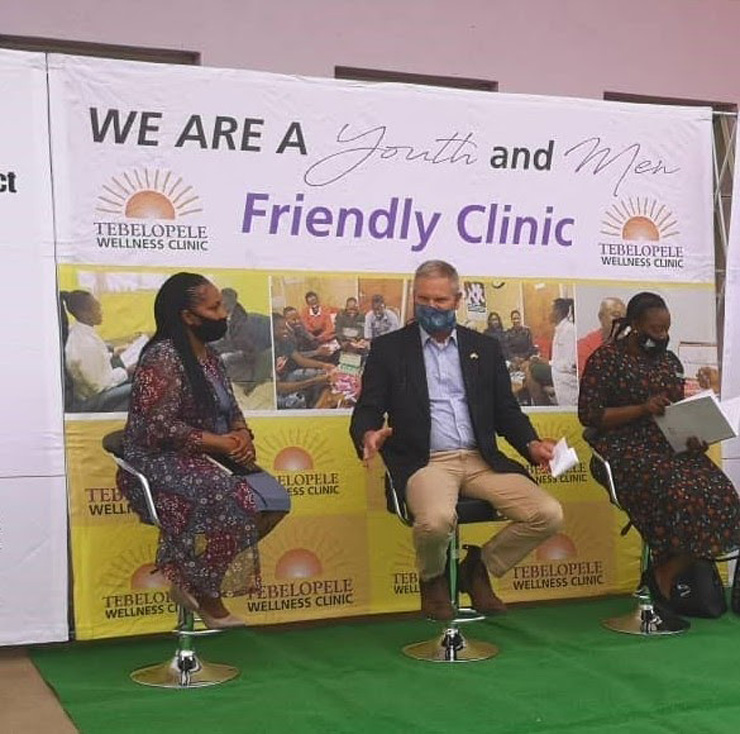
USAID/Botswana’s Local Partner Transition: “Paramount to the country’s health agenda”
The transition to fund more local organizations is crucial for building long-term program impact and sustainability, is cost efficient, and is pivotal to reaching sustained HIV epidemic control. In 2018, former Global AIDS Coordinator Ambassador, Deborah Birx, announced a goal to direct 70 percent of PEPFAR funding to local partners through direct awards by September 30, 2021. To achieve this goal, PEPFAR and USAID have steadily increased the delivery of HIV prevention, care, and treatment services by local partners and partner country governments. To date, USAID/PEPFAR has transitioned nearly $750 million (49%) of its annual budget to over 170 local organizations around the world.
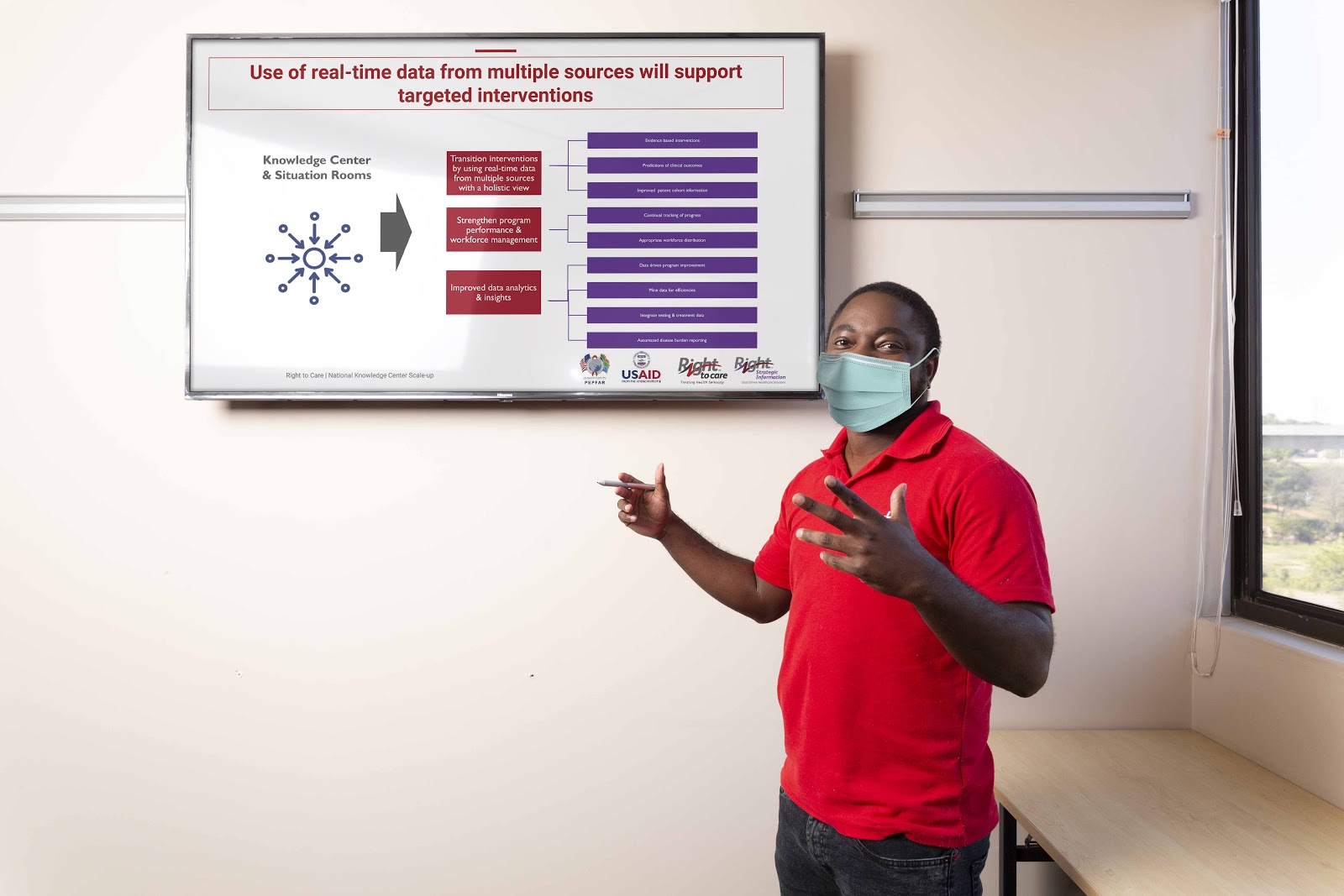
All over the world, health workers have demonstrated their dedication to maintaining HIV services while combating COVID-19, seeking innovative means of continuing to support clients -- from the expansion of programs that give patients three to six months’ worth of antiretroviral therapy (ART), and creating more convenient options for drug pick-up, to the use of telehealth and virtual services to support prevention and support clients in continuing their treatment. For all these innovations, the health workforce has led the charge for safely maintaining access and reach to different HIV client populations.

On this World Social Work Day (March 16), and during the Year of the Health and Care Worker, USAID’s Office of HIV/AIDS celebrates the brave men and women like Matshediso who dedicate their lives to helping others. Across the globe, thousands of social workers serve children and families through the OVC program, funded by the U.S. President’s Emergency Plan for AIDS Relief (PEPFAR). Social workers are an invaluable part of the work that is done by USAID’s OVC programs. Comprehensive case management program staff support children and families affected and infected by HIV by providing services in the areas of health, safety, stability, and schooling. Social workers wear many hats including: advocate, case manager, counselor, navigator, educator, and mentor. They engage in assessments, case planning, services delivery/referrals, and act as a constant support for families and communities.
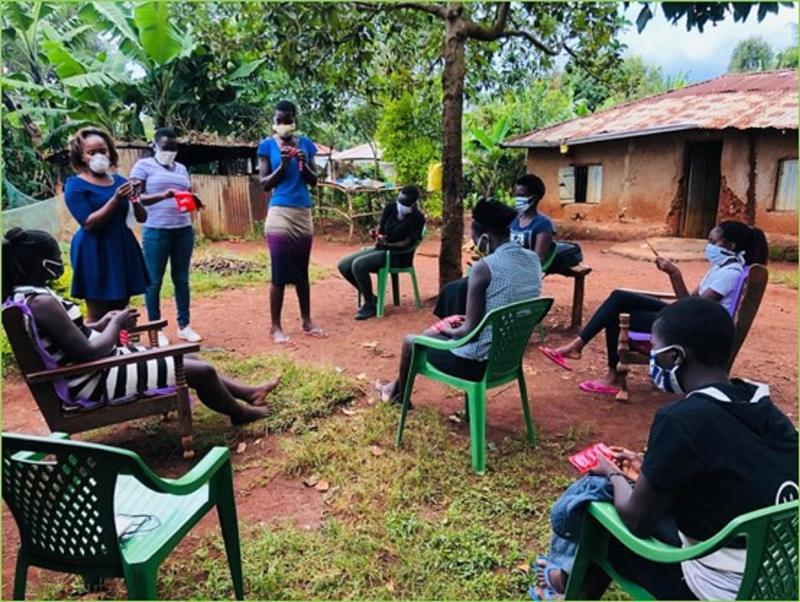
The Importance of Choice: HIV Prevention for Women
Over the last 20 years, the world has made exceptional progress in offering comprehensive HIV prevention services. From innovative approaches to making condoms accessible, to increasing coverage of treatment regimens and increasing the provision of oral pre-exposure prophylaxis (PrEP) to those at substantial risk, the global health community has helped turn the tide on HIV. Such programming has resulted in reduced incidence and prevalence among vulnerable populations.
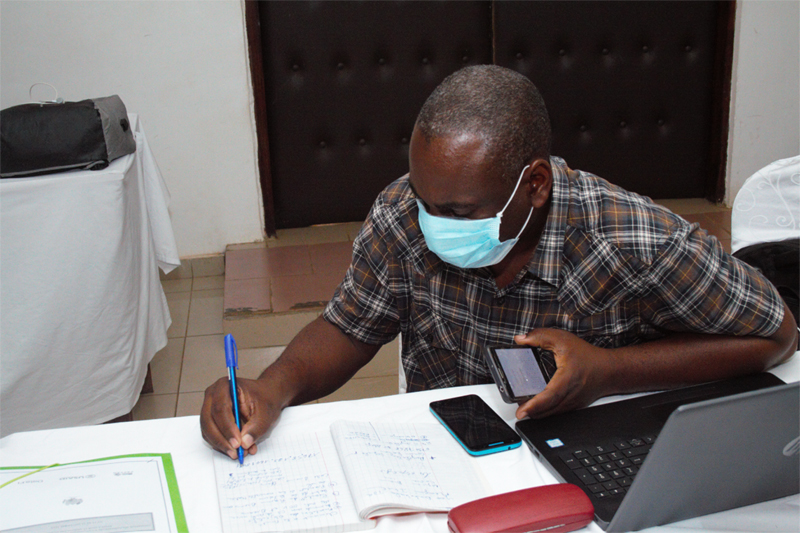
Using Data to Improve HIV Cascade Outcomes
In 2019, Data.FI ― a PEPFAR-supported, USAID-managed global consortium ― developed an Epidemic Control Room (ECR) model in Nigeria, sparked by the need to improve the use of high-frequency data and build on PEPFAR successes in actionable data reviews, such as root cause analyses.

